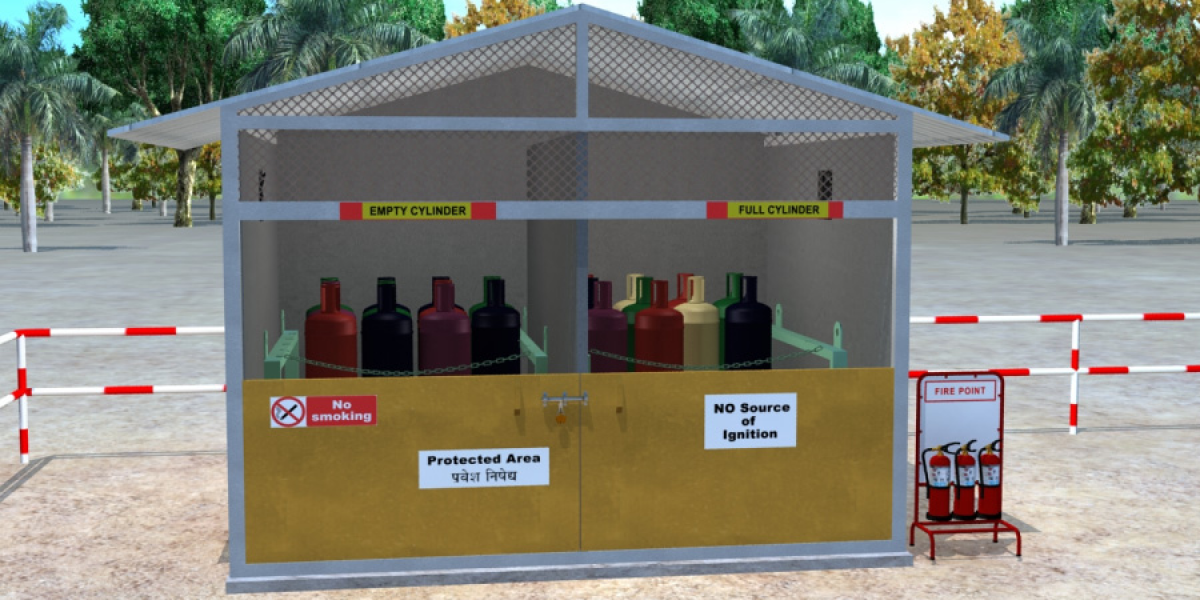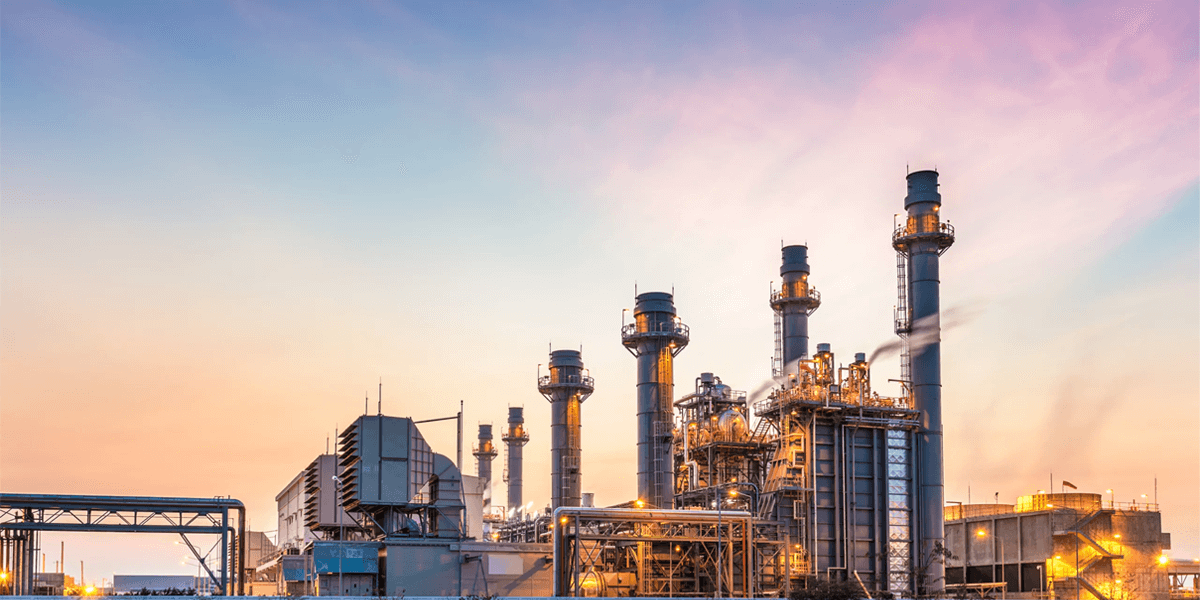
Table of Contents
Introduction
Every workplace deals with some kind of compressed gas cylinder. Be it for firefighting purposes or oxygen cylinders for medical purposes. Every workplace has some kind or the other. But is having these compressed cylinders at the workplace enough, or do they have some storage rules?
Well, believe it or not, storing compressed gas cylinders safely is crucial for the health and safety of the workplace. Throwing light on this concern, we have curated a blog for the critical guidelines for the safe storage of compressed gas cylinders.
What Are Compressed Gas Cylinders?
Pressure cylinders are cylinders with various chemical compositions under pressure in a liquid or gaseous state. They possess substantial potential energy, which can lead to disasters on an enormous scale, affecting both lives and properties if not managed with appropriate safety measures during transportation, unloading, storage, handling, and use.
When handled improperly or abusively, compressed gas cylinders can be exceedingly dangerous. Due to its pressure and/or contents, compressed gas cylinder safety is essential as it can pose several risks.
Depending on the specific gas, there is a chance of being simultaneously exposed to mechanical and chemical risks.
Oxygen cylinder safety regulations and rules must be taken seriously since damaged or missing cylinder valves can turn cylinders into flying munitions.
If safety procedures are not done, regulators could turn into bullets that rip through employees.
Compressed gas cylinders are employed in various businesses, from restaurants to industrial production plants. The risks associated with flammable gas storage and handling techniques are the same, although they may have distinct properties and diverse uses. When handling or storing compressed gas cylinders, sufficient oxygen cylinder safety precautions must be taken to avoid catastrophic incidents.
No matter what business you operate in, it is essential to ensure that you have followed all the oxygen cylinder safety precautions if you have compressed gas cylinders on site. When storing gas cylinders, ask yourself the questions listed above to ensure that you’ve considered compressed gas cylinder safety.
The law requires that compressed gas cylinders be stored with COSHH warning symbols and hazard warning signs of damage to reduce risk. Furthermore, it’s critical to know which cylinders are full and which are empty. Because full and empty cylinders demand different levels of handling, empty cylinders should be marked as such.
Oxygen Cylinder Safety Precautions
Take the following precautions to prevent accidents, fire incidents, and explosions that may be caused by improper handling of compressed gas cylinders during storage and when they are removed for use.
ALWAYS
NEVER
Conclusion
Please note that the above guidelines are given to personnel/agencies that store pressure gas cylinders or their banks. However, specific technical considerations must be given to the typical workplace conditions prevailing to ensure safety. No matter what conditions your workplace prevails under, please follow those guidelines for safely storing compressed gas cylinders.
Would you like to share your views? Send us your comments and suggestions at [email protected]



